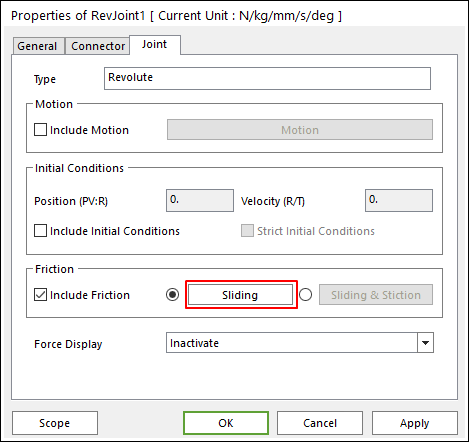
This defines a friction force applied on a revolute joint. Include Friction option in Joint property page must be checked and Sliding is selected to use the friction force.

Figure 1 RevJoint property page [Sliding type]
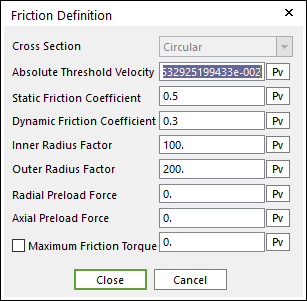
Figure 2 Friction Definition dialog box
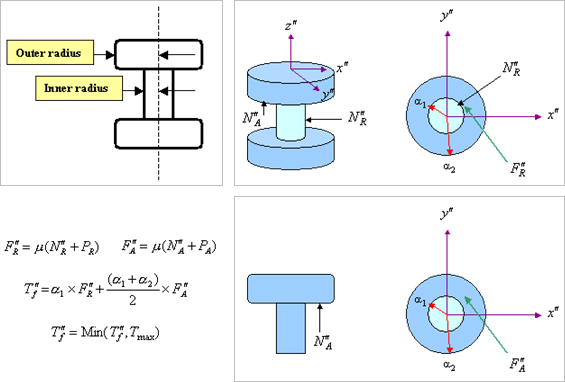
Figure 3 Configuration of Sliding Friction Force on Revolute Joint
The frictional torque is calculated according to the following equation:
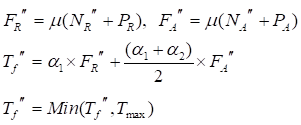
Where, the inputs into the equation are defined in the following table:
|
Inner Radius Factor |
|
The radius of the smaller surface geometry in the revolute joint. |
|
Outer Radius Factor |
|
The radius of the larger surface geometry in the revolute joint. |
|
Axial Normal Force |
|
The force in the joint calculated during the simulation in the direction normal to the rotational axis. |
|
Radial Normal Force |
|
The force in the joint calculated during the simulation in the direction along the rotational axis. |
|
Axial Preload Force |
|
A constant frictional force that acts during the entire simulation in the direction normal to the rotational axis. |
|
Radial Preload Force |
|
A constant frictional force that acts during the entire simulation in the direction along the rotational axis. |
|
Axial Friction Force |
|
A frictional force in the joint calculated during the simulation in the direction normal to the rotational axis. |
|
Radial Friction Force |
|
A frictional force in the joint calculated during the simulation in the direction along the rotational axis. |
|
Current Friction Coefficient |
|
The coefficient of friction calculated during the simulation is a function of the relative velocity between body surfaces. |
|
Maximum Friction Torque |
|
Collisions during contact as well as transitions during sliding forces can result in force spikes. High frictional torques can result from these spikes. This option allows a maximum friction torque to be defined that should correspond to the maximum expected steady-state force. |
Sliding friction adjusts the coefficient of friction according to the sliding velocity between surfaces on the two joint bodies. The function that would be defined for friction between rotation parts is shown in Figure 4, where the x-axis is the rotational velocity and the y-axis is the coefficient of friction.
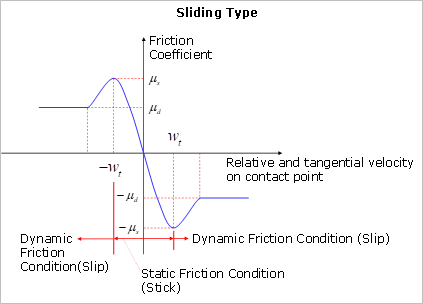
Figure 4 Coefficient of Friction as a Function of the Sliding Velocity
|
Static Friction Coefficient |
|
The coefficient of friction is zero at a zero velocity,
but it smoothly transitions to the static coefficient of friction at
Absolute Threshold Velocity ( |
|
Dynamic Friction Coefficient |
|
The coefficient of friction smoothly transitions to
Dynamic Friction Coefficient as the sliding velocity exceeds the
Absolute Threshold Velocity ( |
|
Absolute Threshold Velocity |
|
Defines the sliding velocity at which the coefficient of friction is set to the Static Friction Coefficient. Note that the transition to Dynamic Friction Coefficient is complete when the sliding velocity reaches 150% of Absolute Threshold Velocity. |